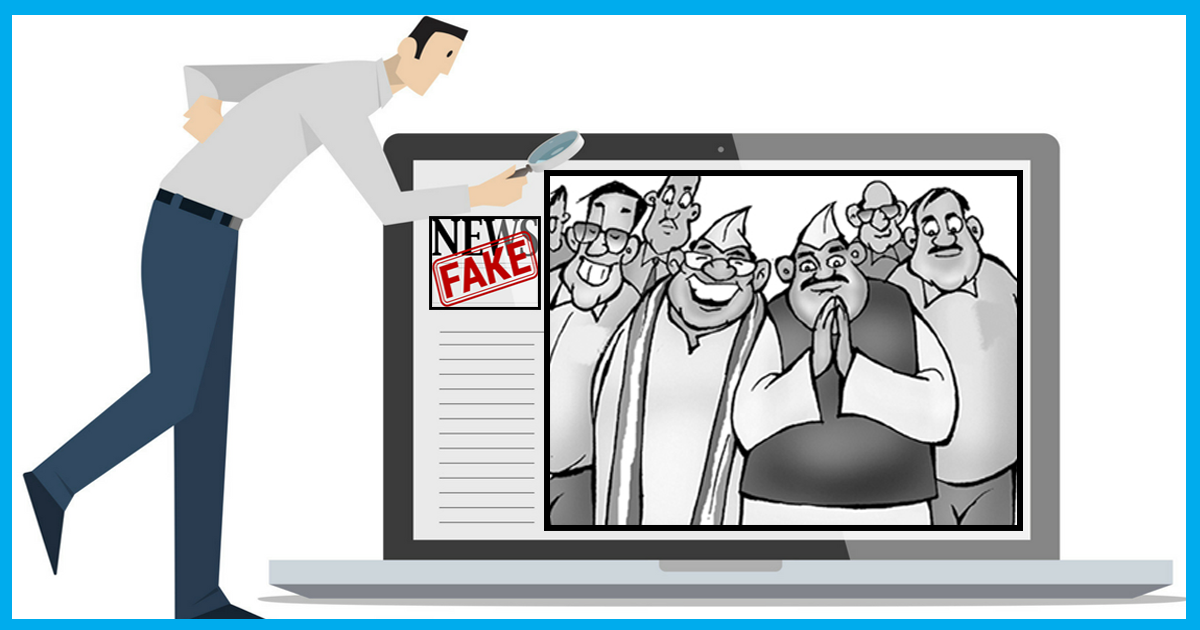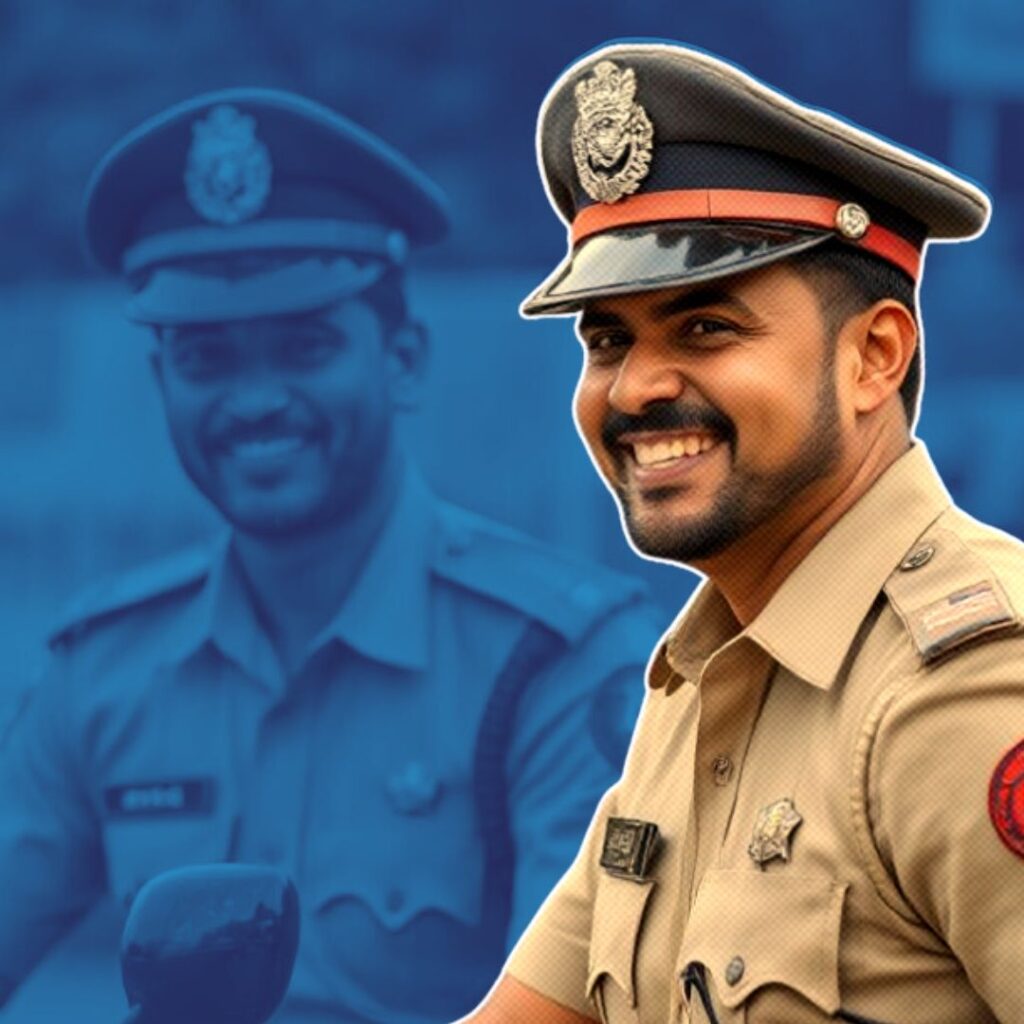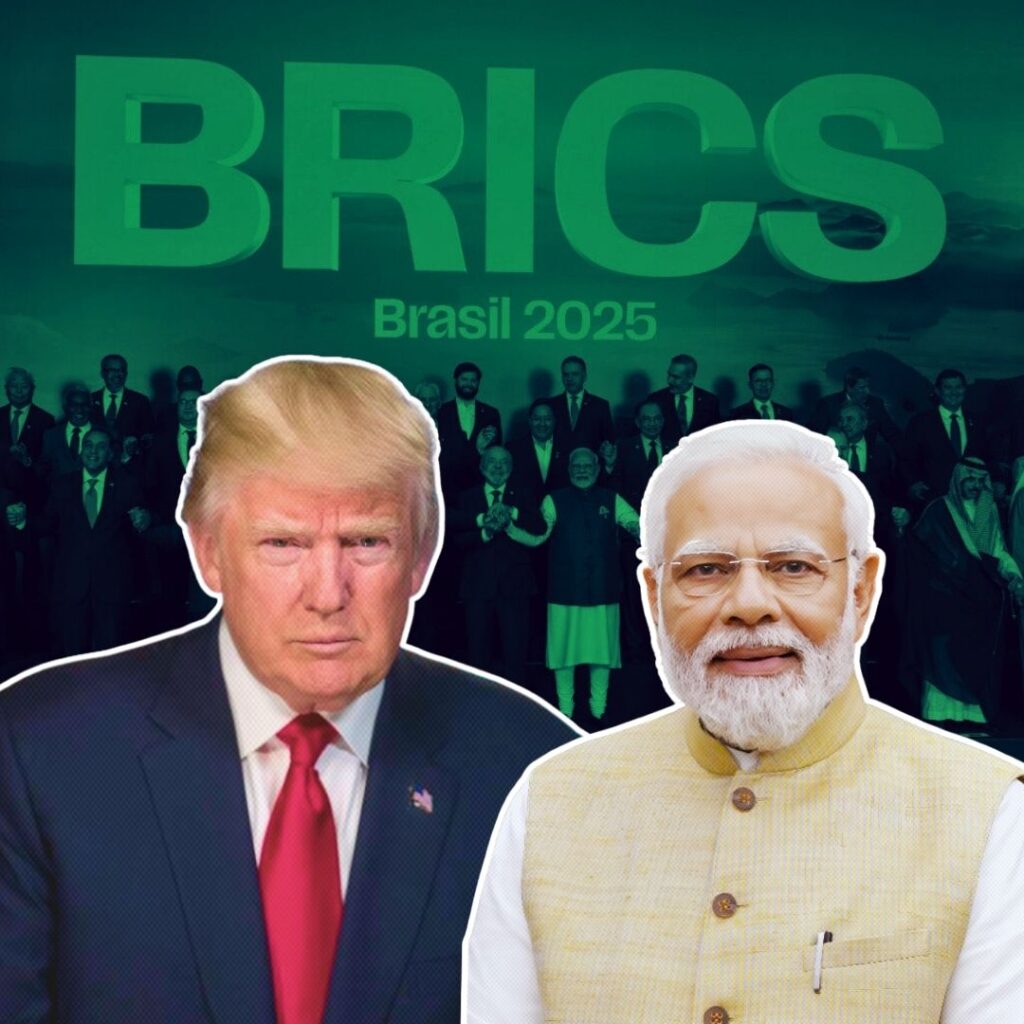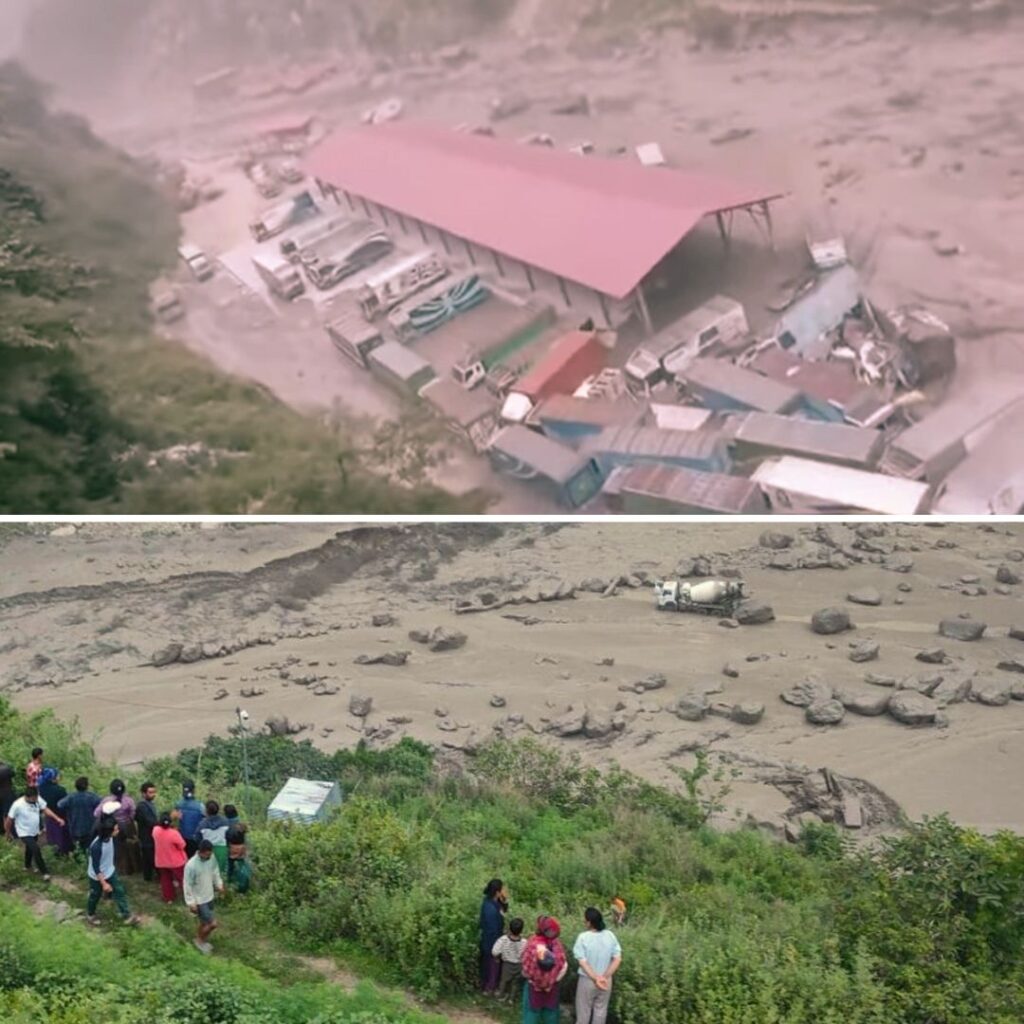Fake news consists of news stories designed to mislead readers into believing falsehoods. They are created to spread propaganda to defame an individual or organisation. Unlike news satire which is meant to entertain, fake news is meant to misinform.
The advent of fake news becomes all the more dangerous when politicians – our leaders – indulge in them, accidentally or intentionally. They have massive online following and even one tweet on their part can spread a great amount of misinformation and lies.
Here are a few instances when India’s political leaders fell for fake news. (Not all of them apologised for their mistakes after being called out for peddling lies on social media.)
1) Sambit Patra, Spokesperson of BJP, 2017
Patra tweeted an article by The Times of Islamabad which said that “data by NDTV” showed that Prime Minister Modi’s Make In India initiative was a “flop show”.
Hmmm …Agenda!! https://t.co/4XmexwonMN
— Sambit Patra (@sambitswaraj) June 11, 2017
Fake story, also does not refer anywhere to NDTV. We are wrongly named in headline and URL. Please issue a clarification.
— NDTV (@ndtv) June 11, 2017
@PrannoyRoyNDTV @ndtv We sincerely apologise, the story URL has been changed, the story is true, the reference quote was IE.
— Times of lsIamabad (@TimesofIslambad) June 11, 2017
Jumping on The Times of Islamabad’s tweet, Patra quoted the same by saying “Agenda”, a reference to his appearance on NDTV earlier this month where he was asked to leave the panel discussion after accusing the channel of having an “agenda”.
In reality, however, the Pakistani news portal had incorrectly sourced NDTV when its actual source was an article by former Finance Minister P Chidambaram in The Indian Express.
Patra is yet to delete his tweet or issue clarifications on the same.
2) Nirmala Sitharaman, Minister of State (Independent Charge) – Ministry of Commerce & Industry, 2017
Sitharaman retweeted a widely shared image depicting AR Rahman welcoming the “initiatives taken by the central government to curb cow slaughter”. Rahman never said those words.
Sitharaman undid her retweet and stated that “this seems unverified information”.
. @sgurumurthy, FYI : I am undoing my RT as this seems unverified information. Sorry about any confusion.
— Nirmala Sitharaman (@nsitharaman) June 10, 2017
3) Paresh Rawal, MP from Ahmedabad East, 2017
Rawal tweeted on May 21 that instead of stone pelters, Arundhati Roy, author and Man Booker Prize awardee, should be tied to an army jeep. He went on to say that journalist Sagarika Ghose should also be treated the same.
https://t.co/a6C2hWdpPz is such a toxic …Her birth certificate must be a regret letter from maternity ward !
— Paresh Rawal (@SirPareshRawal) May 17, 2017
70 lakh Indian army can’t defeat azadi gang of Kashmir – Arundhati Roy .Her birth certi in fact is a regret letter from maternity ward .
— Paresh Rawal (@SirPareshRawal) May 17, 2017
This hatred of MP Paresh Rawal seems to have been inspired from a fake news story, which was also picked up by many mainstream news channels and print and digital media. The story alleged that Roy said “Even 70 lakh Indian Army cannot defeat Kashmiris.”
Postcard News is notorious for its fake news stories which created the story tweeted by MP Rawal sourcing The Times Of Islamabad, which is a website infamous for peddling fake news. However, in an interview with The Wire, Roy said that she had not been to Srinagar or made any statements about Kashmir, except for a short piece that she wrote in Outlook last year. She categorically denied the accusations.
Rawal has since deleted his controversial tweet, but not before millions read it and were misled into thinking that Roy actually made those comments.
4) Babul Supriyo, Union Minister of State for Heavy Industries and Public Enterprises, 2017
Rajkot mistook a 3D CAD representation as an actual bus stand in Gujarat. He was duly called out on his mistake, and he clarified on the same on Twitter.
This is not an Airport•It's not in London or New York either•It's the New Bus Stand inaugrated in Rajkot, Gujarat 👏👏 pic.twitter.com/uSrLo9PfJ1
— Babul Supriyo (@SuPriyoBabul) April 19, 2017
A Don Bosco classmate sent me this pic•Little did I knw that it was an artist's impression😡we do hv gr8 airports ☺️(Mum,DEL)hence believed🙈 https://t.co/lZx98ZapPF
— Babul Supriyo (@SuPriyoBabul) April 19, 2017
5) Sambit Patra, Spokesperson of BJP, 2016
In a Times Now debate on a recent HRD Ministry rule to erect flagpoles in central universities, Patra attempted to evoke the viewers’ patriotism by using a Photoshopped image of American soldiers erecting the American flag on the island of Iwo Jima on February 1945. The fake image showed the soldiers erecting the Indian flag instead, and Patra fell for it, mistaking the soldiers to be Indian and the Japanese island to be the Indian border. He said, “Indian jawans, Indian soldiers dying, but holding up the tricolour, at the border.”
Now @sambitswaraj shows a photoshopped image of Rosenthal’s iconic Iwo Jima pic, says ‘LOOK at our Indian soldiers!’ pic.twitter.com/M0H07fdubl
— Anand Ranganathan (@ARanganathan72) February 18,…











